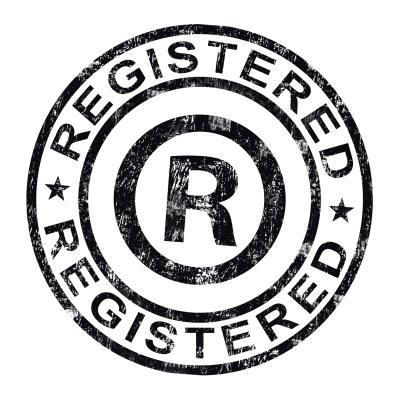Two Options: Professional or Personal
For those who are searching through patents there are two pathways available. You can employ a professional service, or you can undertake to search through the patents yourself. Given the gargantuan quantity of patents generated (approximately 1 million annually) the task of going it alone is in the very least quite daunting and at most a very risky business indeed.
Challenges of Data and Documents
For those who take the risk of searching patents themselves the two greatest challenges that they will face are undoubtedly coping with the volume of data and examining the patent documents.

For the process of filtering this large volume of data a search can be narrowed down significantly if searching for a design or plant patent. Generally, however, searches are of the utility variety which is the most common type, and this involves a sort through masses of data. Electronic records go back as far as 1976 and there are over 70,000 categories under which records are kept. Then there is the problem of reading the patent documents. Even if you have narrowed the data through the use of keywords and subclasses, there is still the problem of wading through the often verbose descriptions of each patent. In some cases these descriptions are almost indistinguishable between patents for similar objects.
Skill Required for Searching
Using a patent search website is an approach that you can take, but this also requires a degree of skill and experience if the process is going to be fruitful. The sites themselves have their own structure and approach which takes some getting used to. Each site has a unique system for searching and retrieving data and presenting the results that it finds.
Field leaders in the patent searching process (and most other online facilities) are Google. Their patent search tool ‘Google Patents’ uses the same search technology that is to be found in ‘Google Book Search’. FreePatentsOnline has recently updated and improved their search algorithms. These can be used to find concepts as well as keywords. This website comes with useful tutorials that will guide new researchers through the process of patent searching. Some other websites offer additional features, like RSS feeds of the latest applications, access to international patent data, and links to the latest patents in certain classifications.
Limited Defence
You may be reluctant to rely on results from a free search engines as they have considerable limitations and offer no real defence against legal action. If so it is worth considering a professional patent search service provider. These will keep the risk of falling foul of any legal action to an absolute minimum. Companies that offer this kind of service go well beyond software-driven algorithms, and they are able to apply a level of expertise to the search. Normally these services will take up one working week to return results and will vary greatly in costs.
Costs of Services
Professional services also approach the process from different perspectives. For example the U.S. Patent and Trademark Office will charge for searches by the type of patent. Professional patent search company Patents.com costs its services by the type of search required. Depending on how thorough you wish the search to be prices will range from as little as $100 to as much as $2,000 or more.
If you do decide to risk going alone there is some advice that you should follow. You must look out for ‘how-to’ tips on the patent search tool that you are going to use. An example of this would be information about using wildcards, Boolean operators and other techniques for FreePatentsOnline. If you are searching at a public facility then always ask the reference librarians for pointers or if you can try to attend any training session that is on offer.
Guest article by Innovate Design – uk patent search specialists.

